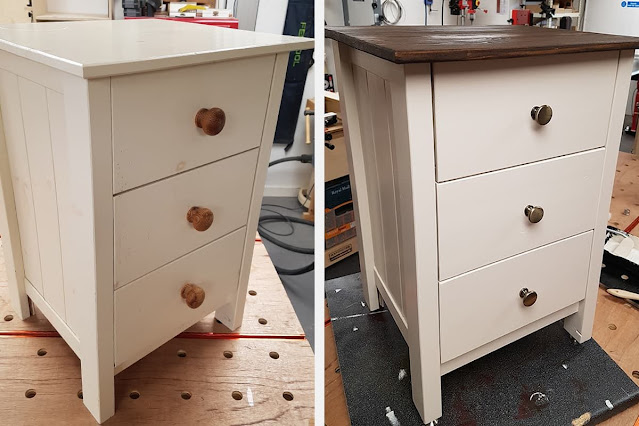Reviving Elegance: The Art of Furniture Restoration
In a world of fast furniture and disposable décor, furniture restoration stands as a timeless craft rooted in sustainability, heritage, and artistry. Restoring furniture not only preserves the beauty of beloved pieces but also breathes new life into old, damaged, or worn-out furnishings. Whether it’s an antique wooden table, a classic armchair, or a vintage cabinet, furniture restoration allows homeowners to cherish the past while enhancing their interior spaces with character and charm.
What is Furniture Restoration?
Furniture restoration involves repairing and refurbishing old furniture to bring it back to its original condition or improve its appearance and functionality. This process may include cleaning, reupholstering, refinishing wood surfaces, repairing joints, replacing hardware, or reassembling broken parts. Unlike simple repairs, restoration emphasizes maintaining the furniture’s original craftsmanship and design integrity.
Why Choose Restoration Over Replacement?
Sustainability: Restoring furniture helps reduce waste by keeping pieces out of landfills. It’s an eco-friendly choice that supports a circular economy.
Sentimental Value: Many pieces of furniture carry emotional or historical significance. Restoration allows families to preserve heirlooms that have been passed down through generations.
Superior Craftsmanship: Older furniture often features better quality materials and construction compared to many modern mass-produced items. Restoration helps retain this craftsmanship.
Cost-Effectiveness: Restoring a high-quality item is often more economical than purchasing a new piece of equal quality.
Customization: During restoration, you have the opportunity to customize finishes, fabrics, and designs to suit modern tastes while preserving the original charm.
Common Furniture Restoration Techniques
Stripping and Refinishing: Removing old paint or varnish and applying new stain or lacquer to enhance the natural beauty of the wood.
Wood Repair: Fixing scratches, dents, and cracks using wood fillers, sanding, and polishing.
Reupholstery: Replacing old or worn fabric with new material while repairing internal springs, padding, or frames.
Hardware Replacement: Updating or cleaning drawer pulls, knobs, or hinges to maintain authenticity or introduce a modern touch.
Structural Repair: Strengthening joints and frames to restore functionality and safety.
Professional Restoration
While minor fixes like sanding or polishing can be handled at home, intricate projects involving antique furniture or complex repairs are best left to professionals. Skilled restorers understand historical styles, use specialized tools, and ensure that the piece retains its value and structural integrity.
Tips for Successful Restoration
Assess Before You Begin: Evaluate the piece to determine if it’s worth restoring — both sentimentally and monetarily.
Start Small: If you’re new to restoration, begin with a simple project before tackling more valuable or intricate items.
Use Quality Materials: Invest in durable and appropriate materials that match or complement the original design.
Preserve the Original: Aim to maintain as much of the original material and design as possible to retain authenticity.
Conclusion
Furniture restoration is more than just a repair job — it’s a celebration of craftsmanship, sustainability, and personal history. It allows us to reconnect with our heritage, express creativity, and make meaningful contributions to our living spaces. Whether you’re saving a family heirloom or updating a thrift store find, the process of restoring Furniture Dubai can be both rewarding and transformative.



Comments
Post a Comment